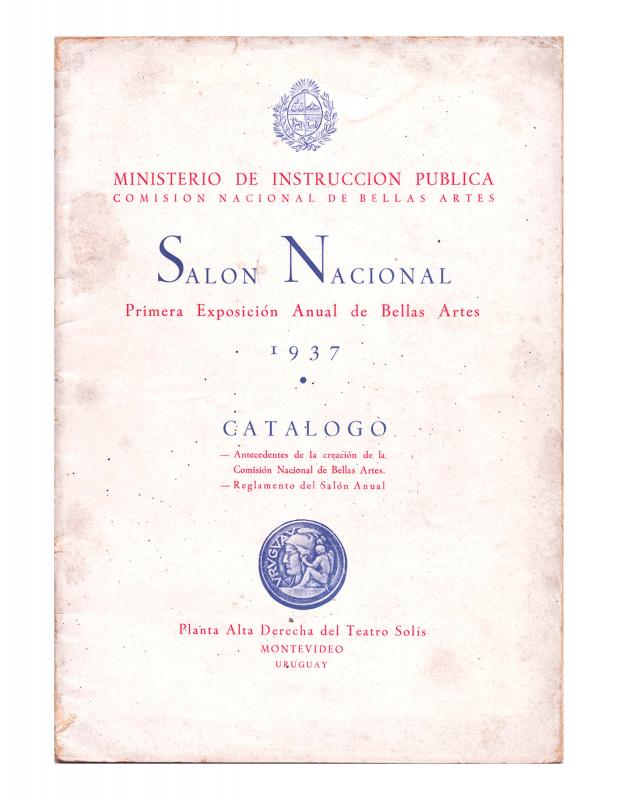In this essay, Gabriel Peluffo Linari (b. 1946) discusses the cultural policies introduced during the dictatorship of Gabriel Terra (1873–1942). The essayist takes a longer view, however, and claims that the impact of the measures adopted during that period (1933–38) could still be felt throughout the subsequent administration of Alfredo Baldomir (1938–43). Peluffo identifies different yet converging discourses in the Colorado Party, since the new regime sought the reunification of the members of that party based on a form of liberalism that mainly benefited the big landowners and agricultural exporters. This was one of the most complex periods in Uruguay’s cultural history during the twentieth century, a far cry from the conciliatory politics of the 1920s. The regime faced a potent conflict of ideas: on one hand, the anti-fascist, independent opposition that was mobilizing and creating new groups [see in the ICAA digital archive “Bases A.I.A.P.E (Agrupación de Intelectuales, Artistas, Periodistas y Escritores)” (doc. no. 1226697)]. On the other hand, the more conservative sectors were working to take control of cultural policy, creating their own institutional associations [see “Decreto del P.E. que instituye la Comisión Nacional de Bellas Artes” (doc. no. 1186589)].
Within that local framework, which echoed the increasingly ideological polarization in the rest of the world, the government, aligned with the most conservative segments of the country’s political parties, set about implementing its official art policy and, through it, an interpretation of Uruguay’s history and heritage that was totally deaf to any challenge as regards the country’s social conditions. The analysis in this essay is based on specific measures implemented by the Gabriel Terra regime, such as the organization of exhibitions of works by acclaimed artists—including the one by painter Juan Manuel Blanes (1830–1901)—, the creation of the Salón Nacional and an advisory Commission, among other initiatives. In blunt opposition, and with much debate, the bulk of the Uruguayan art and cultural community rebuffed these and other official decisions by organizing the Salón Independiente.
This essay is relevant because it sheds light on the chronological time frame of these events. It was written nearly four years after the end of the military dictatorship in Uruguay (1973–85) and is therefore in a position to compare the possible relationships between the two types of authoritarianism.


